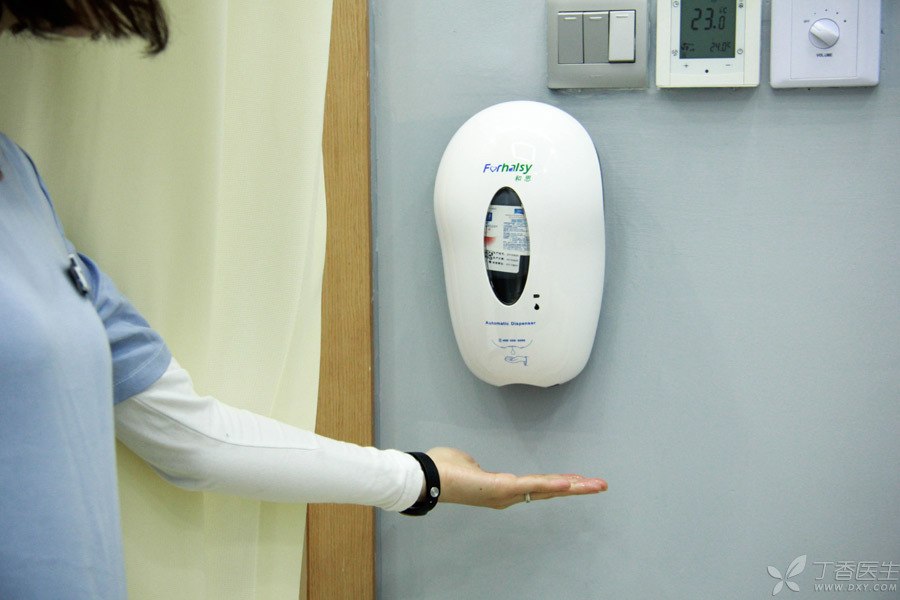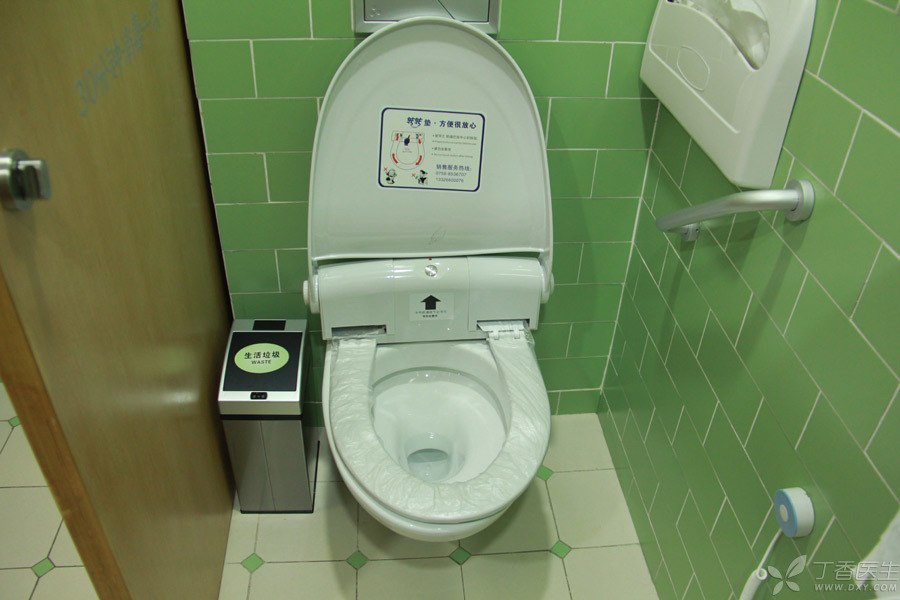
If you feel unwell and go to a big hospital to see an outpatient service, it is simply an adventure…
When you arrive at the hospital, the first thing you see is mostly the picture of a sea of people. You can dance veneer dancing in the elevator.
If you want to climb a staircase, may you worry about the hygiene of the handrail? You dare not even help the handrail?
In the clinic, my God, where is the doctor? It has been surrounded. I won’t be infected with so many people, will I?
If the treatment requires infusion, you will be shocked again when you take the medicine to the infusion room. Is it not an infectious disease that so many patients cough incessantly around?
These worries are not without reason. In professional terms, what we are worried about is actually hospital infection.
The risk of hospital infection is not small.
Hospital infection, also known as hospital sense, generally refers to the infection of patients during hospitalization, as well as the infection after being discharged from the hospital (some diseases have incubation period). It is worth mentioning that the infection obtained by hospital staff in the hospital also belongs to hospital infection.
For example, if you go to a hospital to see diabetes, you get pneumonia during the treatment of the disease. Is it unlucky enough? This is hospital infection.
Nosocomial infection is a headache in every hospital.
1. The hospital has a large population and poor air, and various diseases are complicated.
Hospitals are not only places where patients are concentrated, but also places where pathogenic microorganisms are serious. Especially in large hospitals, the risk of hospital sensation will be increased due to large human flow, high personnel density, poor air circulation, complicated diseases, and various invasive examinations and treatments.
2. Inadequate hospital hardware
The control of hospital feeling also needs to spend money, and some hospitals may save it. For example, many hospital toilets may not even have hand sanitizer after convenience, let alone disposable toilet paper.
3. The behavior of medical staff is not standardized.
The incorrect and irregular behaviors of some medical staff in the medical process have laid hidden dangers for hospital infection and may even become the main culprit of hospital infection.
The most common transmission route in hospital infection is the hands of medical personnel. Puerperal fever (postpartum infection) was transmitted and prevalent through the hands of medical personnel in the 19th century. If medical personnel themselves do not attach importance to hand hygiene, then these hands will become the transmission medium of germs, curing diseases and causing diseases at the same time.
As a patient, what should I do?
-
Of course, it is best not to go to the hospital, but it is very difficult, so don’t squeeze into the big hospital for minor problems. If you can go to the community or clinic to solve them, you don’t have to go to the big 3A hospital.
-
If you have to go to a big hospital as a last resort, especially during the flu epidemic, you’d better wear a mask to protect it.
-
When you get to the hospital, don’t all rush into the clinic. Follow the sequence to protect privacy and avoid cross infection.
-
For some invasive or invasive examinations and treatments, we should fully understand the precautions before and after examinations to reduce the risk of infection.
As a hospital, what can we do?
Hospital infection is related to the life and health of every patient and his family accompanying him. For hospitals, it is very important to manage and control the occurrence of hospital feeling.
So, what can hospitals do to prevent the sense of hospital?
1. Separation of consultation rooms
In the design of the clinic, the hospital should establish a sense of hospital protection.
For example, the children’s medical treatment area is completely separated from the children’s physical examination area (children’s physical examination area) to prevent children who come to the hospital for physical examination from being infected by sick children.

In the design of the clinic, each patient corresponds to a clinic. As long as the patient leaves without finishing the clinic, this clinic is not allowed to receive other patients, which not only protects the privacy of the patient, but also avoids cross infection.
2. Pay attention to the hand hygiene of medical personnel
We know that the hand hygiene of medical personnel is very important to prevent hospital infection.
Therefore, before medical personnel take up their posts, they should carry out strict and comprehensive training. In addition, the design and management of hospitals should also keep up with it. For example:
- In the corridor of the hospital and the entrance of each clinic, there is an inductive disinfectant that does not hurt hands, which is convenient for doctors to disinfect hands before and after contacting patients. And doctors and nurses should also remind each other so as not to miss them. Place a seven-step washing technique icon at a conspicuous position beside the hand washing sink, so that each medical staff and even patients can memorize the correct hand washing method.

3. Use disposable consumables
Choosing disposable medical consumables to avoid reuse can give patients a good feeling of medical treatment without worrying about cross infection.
For example, when doing electrocardiogram examination, choose disposable electrode pieces instead of repeatedly used suction balls; For example, a disposable plastic film can be placed in the toilet bowl in the hospital toilet.

4. Strengthen disinfection measures
Regular disinfection can help reduce the risk of hospital feeling. Hospitals can do the following:
- At the end of the daily outpatient service, each clinic is disinfected with ultraviolet air for half an hour to kill pathogenic microorganisms. For some large instruments, wipe and disinfect with surface disinfectant and ultraviolet disinfection; Some hospitals have prepared many toys in order to make children experience better. These toys are also the key objects to prevent hospital feeling. For large toys, surface disinfectant can be used to wipe and disinfect them. Small toys can be put into an ultraviolet ozone disinfection machine for thorough disinfection.

